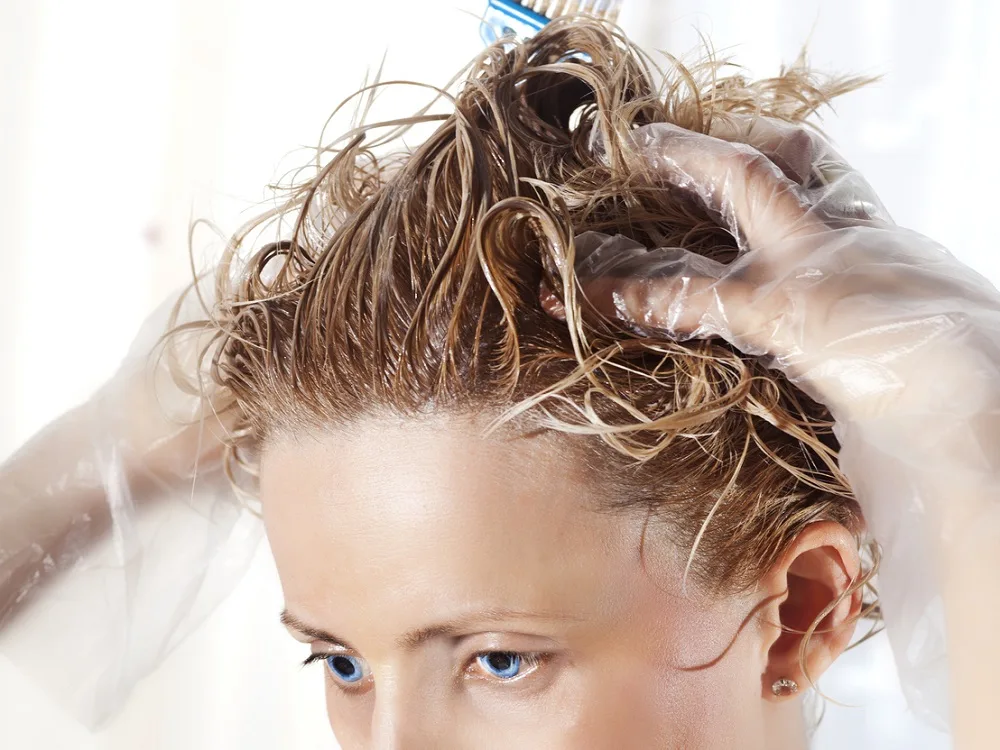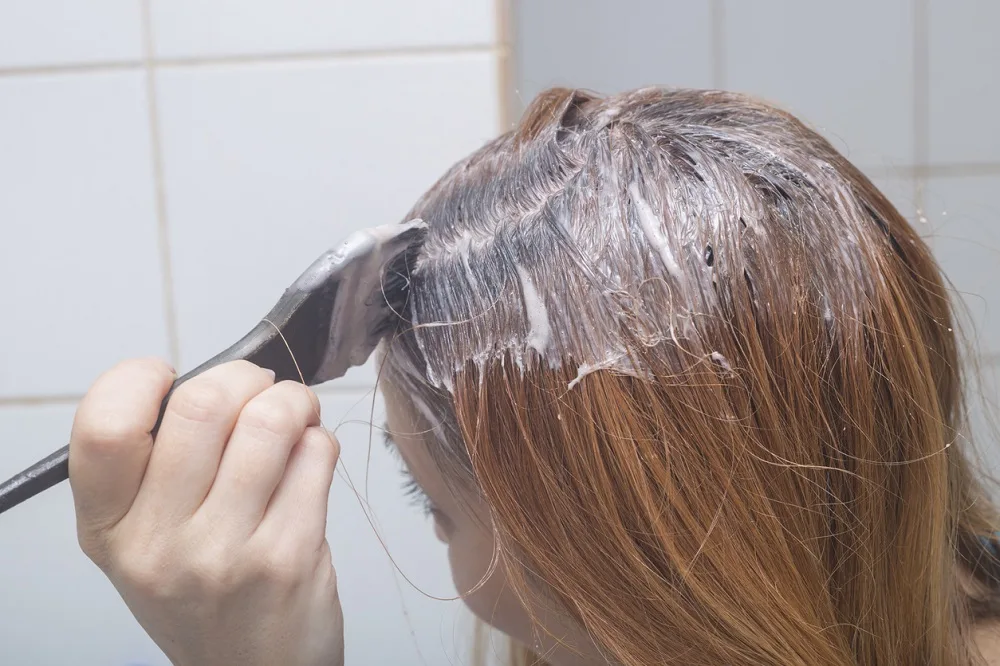You’ve dyed your hair, and now your roots are too light. First of all, take a few deep breaths. Hot roots happen to the best of us.
Now, we don’t actually mean that your roots are looking really good. It’s a term in the hair coloring world that refers to the unfortunate situation where the roots of your hair end up being lighter or warmer than the rest of the hair.
‘I dyed my hair but my roots are too light than expected’ – a common issue is seen when women dye hair DIY. How did this happen, and how can you fix it? This post explores the answers to both these questions in depth.
Dyed Your Hair But Roots Are Too Light – What Causes Hot Roots?
Getting the exact shade of hair dye is one thing. Applying it correctly using the right hair coloring techniques is a whole other ballgame. Having roots that are lighter than the rest of your hair can happen for one of two reasons:
1. Coloring Previously-Colored Hair

Your scalp is the warmest part of your head. As a result, the first half inch of hair closest to your scalp will naturally be warmer than the rest of your mane. This also means that it will likely process the hair dye faster, lighter, and brighter than the mid-lengths and tips.
When applying light hair color, the roots, which often consist of virgin regrowth, will color faster than the sections with color from previous treatments.
This means the natural hair color on your roots will end up being significantly lighter than the rest of your pre-colored hair.
2. Using a Different Hue on Your Regrowth

If you use a dye on your virgin regrowth that’s a lighter hue than your colored ends, your hair roots will end up looking warmer. So instead you should use a color on your roots that is slightly darker than the hair on your mids and ends.
Keep in mind as well that when touching up your roots, the color in this section of dyed hair will set faster than that on the mid-length to the ends of your hair. This can be attributed to the warmth radiating from your scalp.
How to Fix Hot Roots

Fixing lighter-looking roots depends on the point at which your hair color begins and the specific hue you want to achieve. Here’s what we mean by that.
If you have dark hair and your roots are a lighter shade compared to the rest of your mane, the solution lies in using a darker hue to correct the hot roots situation you have going on. You need to be careful, though, or you might end up with a reverse color imbalance (darker roots and lighter ends).
If you have hot roots on blonde hair, it is likely because the hair in this section of your head isn’t getting an adequate amount of lift from the dye you’re using. The product needs to be able to get past the warmth radiating from the scalp to lift the color off the roots so that it matches the rest of the hair.
The other option to correct roots that are too light would be to use a toner to calm the offending warmth. Simply apply the toner solution to your hair’s regrowth and gently smudge it down, blending it evenly through the mid-section to the ends.
You can attempt to do this yourself, but to avoid making a bad situation worse, we recommend getting a pro stylist or colorist to fix it for you. The last thing you need is to seesaw back and forth between hot roots and dark roots on blonde hair that doesn’t match the rest of your mane.
How to Avoid Hot Roots

Now that you know what causes hot roots and how to fix the problem once it occurs, there are a couple of things you can do to avoid ending up with hair roots that are too light.
For starters, ensure the hair color you use on your regrowth is a level darker than the rest of your hair. It will come out as the same shade because of the heat from your scalp. Don’t touch up with warmer hair color.
Next, pay attention to your application technique. Apply the hair dye to the roots of your hair first with the darker shade, then work your way down with a slightly lighter color on the ends of your hair. This gives the color in the colder sections of your hair more time to process.
Finally, keep your application clean during touch-up, using tools like a tint brush or an applicator bottle to keep your technique focused on healthy hair regrowth.
Did you enjoy this piece? Check out these pro tips on how to protect highlights when coloring your hair.
